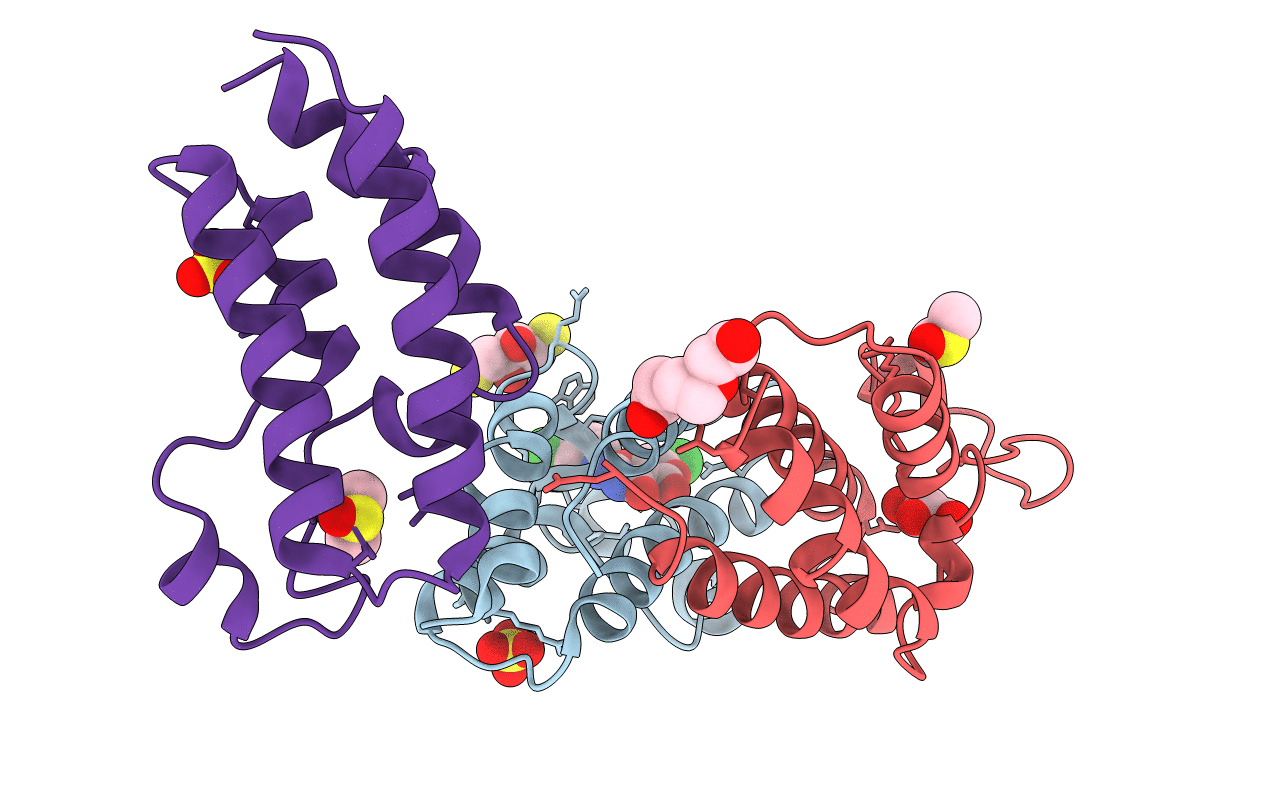
Deposition Date
2019-02-28
Release Date
2020-07-01
Last Version Date
2023-11-22
Entry Detail
PDB ID:
6JKE
Keywords:
Title:
Discovery and the crystal structure of NS5 in complex with the N-terminal bromodomain of BRD2.
Biological Source:
Source Organism:
Homo sapiens (Taxon ID: 9606)
Host Organism:
Method Details:
Experimental Method:
Resolution:
1.50 Å
R-Value Free:
0.22
R-Value Work:
0.18
R-Value Observed:
0.18
Space Group:
C 1 2 1


